SELENITE Heart 2 1/2″ AAA Grade Large White Polished Rock Mineral Crown Chakra Crystal Stone Raw Reiki Selenite Specimen
$7.99
In stock
Description
These are the highest quality raw material and workmanship Selenite Hearts and are imported by Kidz Rocks from Morocco. Most people call these Selenite but the correct mineral name is Satin Spar. Selenite and Satin Spar are actually two of the 4 types of the mineral gypsum.
You will receive one polished heart from the lot shown in the photos and video that is 2 1/2 inch to 3 inch and weighing 4 to 6 ounces.
Bulk Purchase Listing
You are buying one rock from the lot shown in the photographs. Listing every rock separately adds a lot in labor costs. We pass that savings on to you with lower prices and higher quality than the competition. 75% of all of our Reviews are from customers amazed by what they received buying our bulk purchase listing products!
Kidz Rocks – The Best Value on the Internet!
Higher quality, larger size, lower price genuine natural rocks and minerals with customer service second to none. Buy ANY 5 or more items and get 30% off your entire order and a FREE surprise specimen! Maximum $8.75 shipping no matter how many items are on your order and no return required refunds!
Mineral Description
Satin spar one of the four varieties of the mineral gypsum and is a common, rock-forming mineral, with thick, extensive beds formed by the evaporation of extremely saline waters. Non-toxic to animals as well as people, gypsum is safe to use in housing. It is used in drywall and the yard and garden, where it may be used to condition soil. Gypsum is one of the most widely used minerals in the world.
About Kidz Rocks
Since 2009, Kidz Rocks, a USA company, is “The Best Value on the Internet” providing higher quality, larger size and lower price rocks, minerals and crystals with customer service second to none.
Kidz Rocks Promise:
We are committed to redefine what it means to shop for rocks and minerals online. NO insane high prices, NO great piece one time and then a disappointing piece next time, NO rocks that look big online and then a tiny piece shows up, NO waiting a long time for shipping …
A partnership that you can trust and count on with each and every order that you will be pleased if not amazed when you open your package! Always high quality – Always larger sizes at lower prices that other dealers ƒ?? Always a positive and fun shopping experience.
If it is not a specimen we would add to our own personal collection, we don’t ship it out to you! When you buy from us you will be satisfied with each and every purchase or your money back and you keep the rocks!
Please feel free to call us at 1-818-518-6278 10 AM to 10 PM 7 days a week for wholesale discounts and special requests, we can get pretty much any rock on the planet. We ship all orders USPS, weekday orders ship the same day they are placed, weekend orders ship on Monday’s. We disclose any treatments done to the rocks after they are mined in our listing descriptions. If no treatments are stated then it is exactly as it came out of the ground.
Thanks,
Alan & Jaidon
Additional information
| Weight | 0.5 lbs |
|---|
2 reviews for SELENITE Heart 2 1/2″ AAA Grade Large White Polished Rock Mineral Crown Chakra Crystal Stone Raw Reiki Selenite Specimen
Only logged in customers who have purchased this product may leave a review.

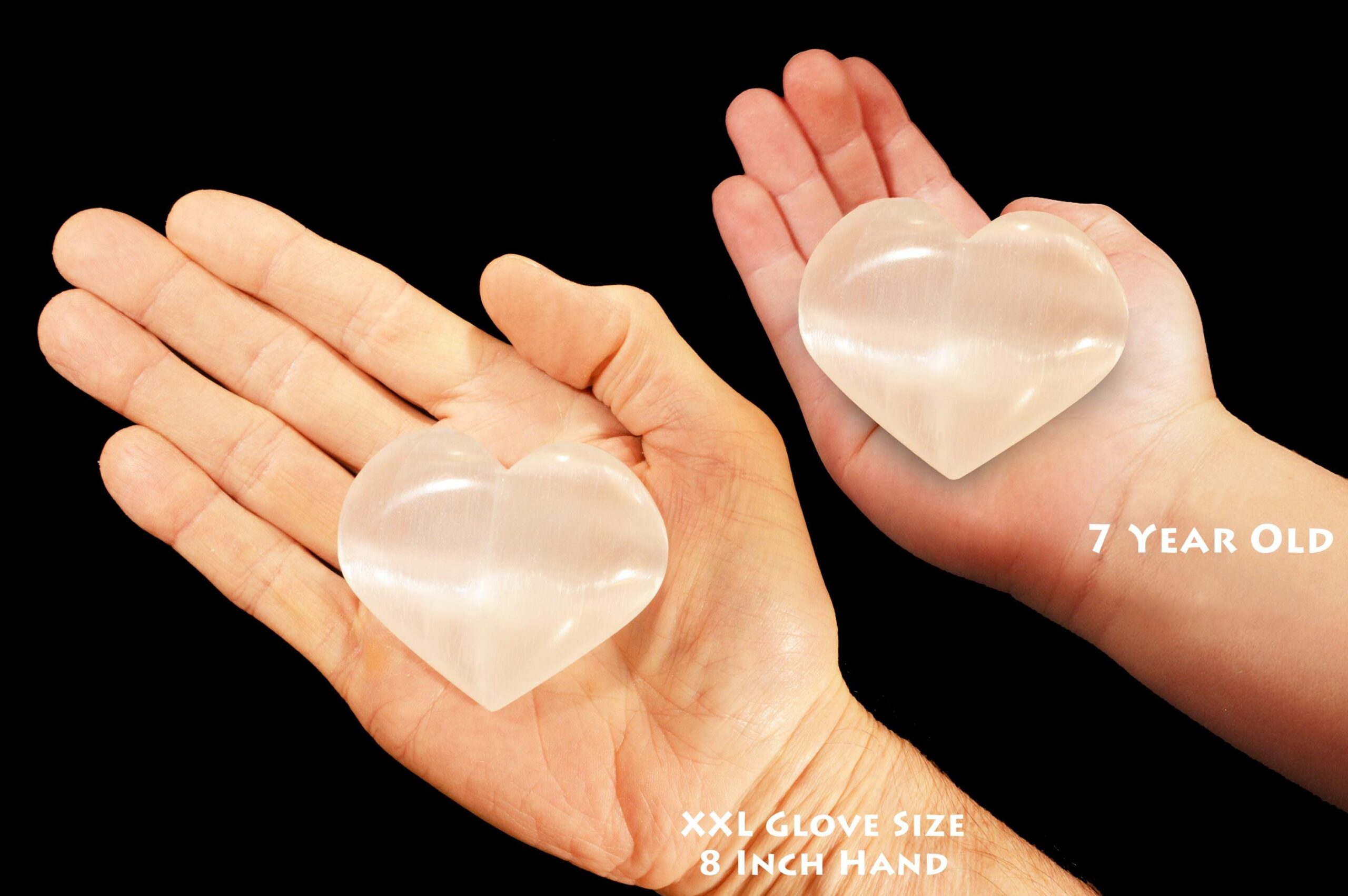
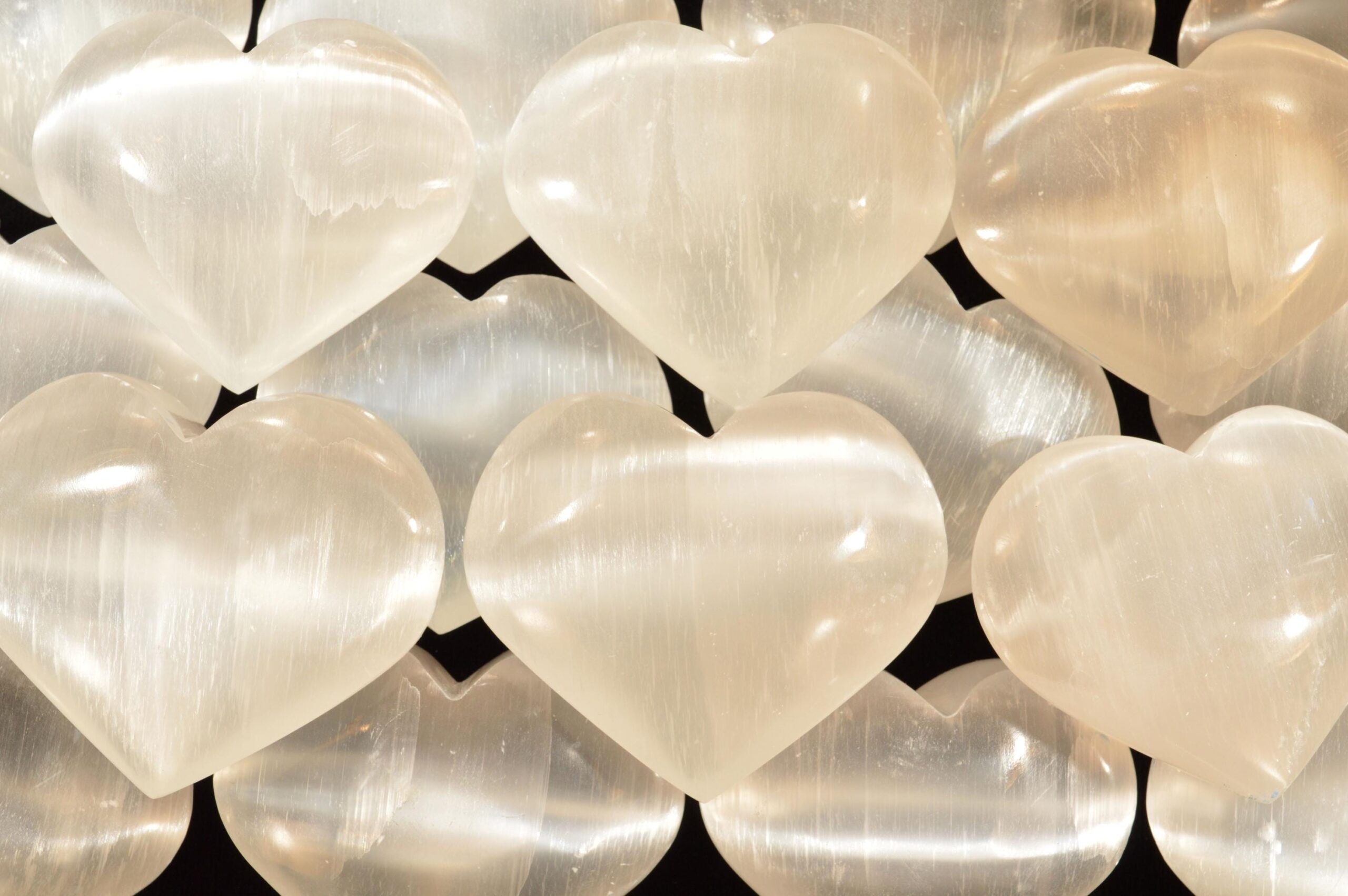
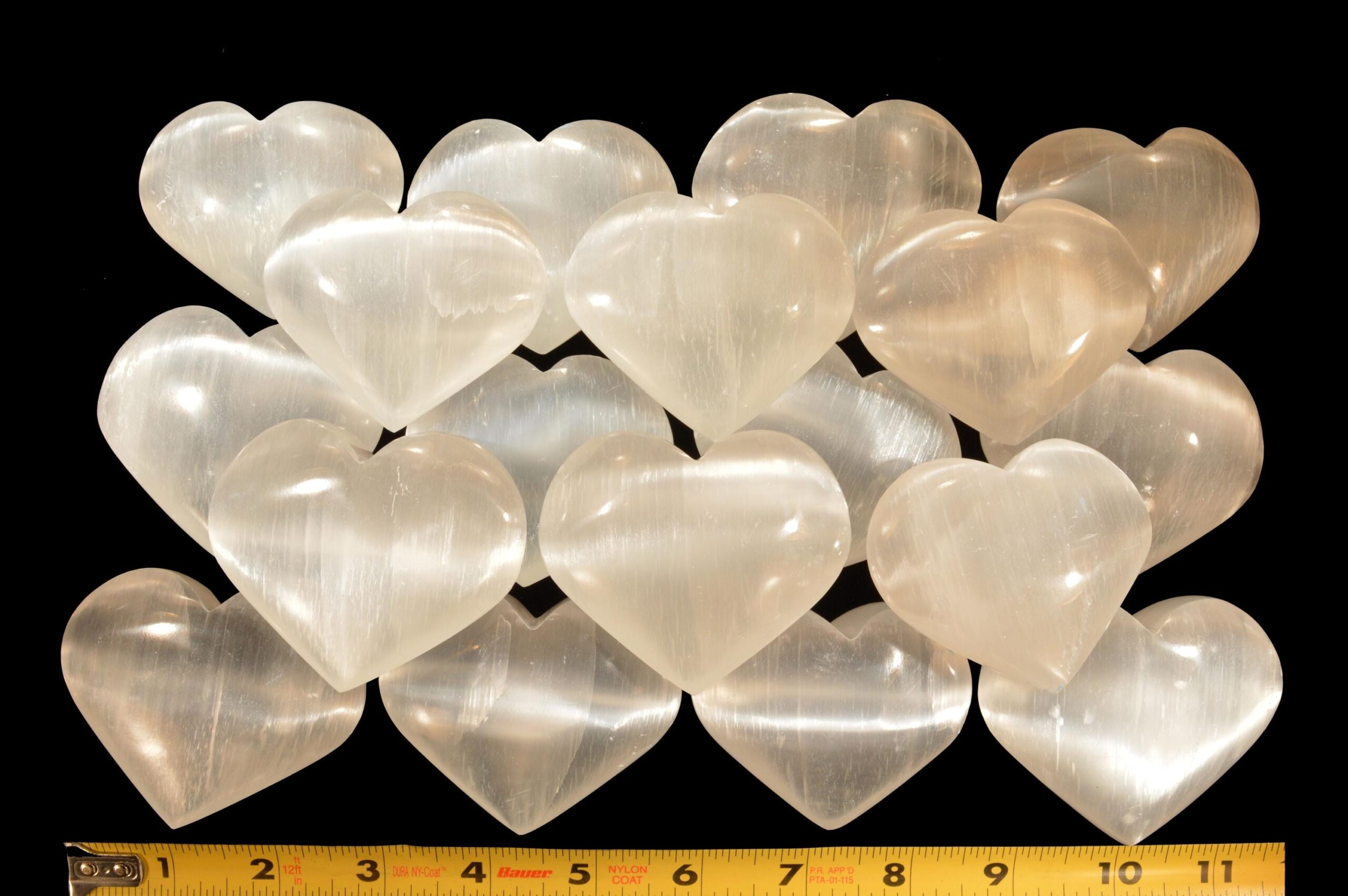
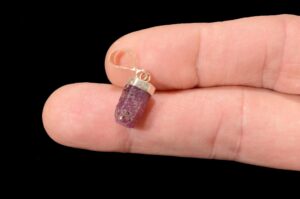

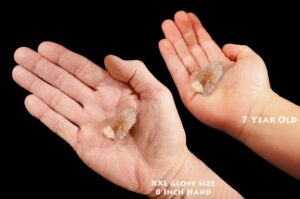
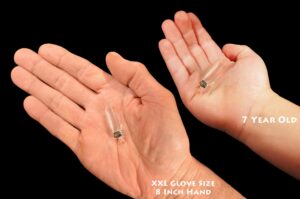


Wanda Kothlow (verified owner) –
Lovely selenite/satin spar hearts. Veining adds to character of each heart. Exactly as described. Photos are representative of items received. Arrived safely and securely packaged. Thank you so much!
Ahamm01 (verified owner) –
Would buy again. Love the bonus item